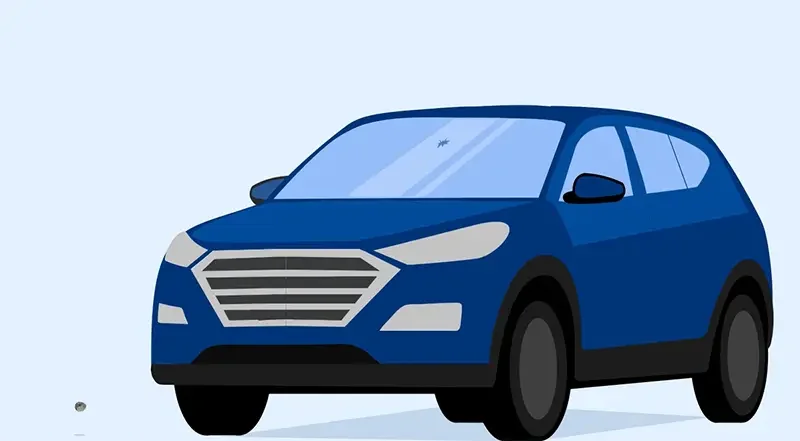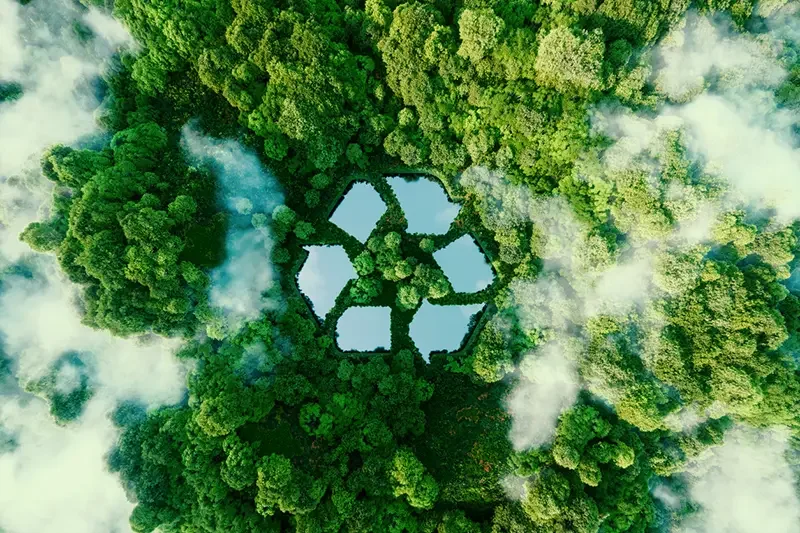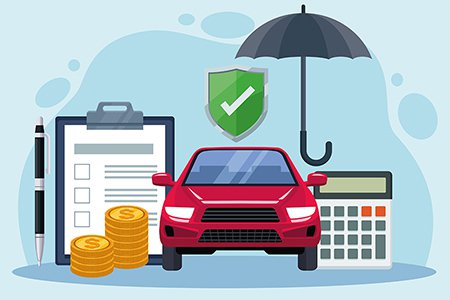Should I get my vehicle's windscreen chip repaired or replaced?
By MAS Team
If you’ve been ignoring damage to your windscreen, here’s why it’s time to take action.
You’re driving along, minding your own business when out of nowhere, a tiny stone hits your windscreen and leaves a small chip. It’s annoying, but you can live with it, right?
This is a situation many of us will deal with at some point. In New Zealand, we have a high prevalence of windscreen damage compared to countries with different road conditions and climates.
One reason for this is that many of our roads, especially in rural parts of New Zealand, are made of gravel or loose metal, which can easily be flicked up by other vehicles. Add to this our varied terrain, notoriously unpredictable weather, and widespread road works, and it’s unsurprising that windscreen chips and cracks are so common.
What is surprising, however, is that some Kiwis are still prepared to keep driving without getting their windscreen chip repaired. By doing so, they’re overlooking the potential risks and costs that can come with ignoring the problem.

But first of all, what’s the difference between having a chip, a crack and a scratch on your windscreen, and why does it matter?
It’s important to understand the difference because it can have a significant impact on the severity of the damage, and the measures that need to be taken to repair or replace it. The main difference is the depth of damage done to the glass.
A chip is a small piece of the windscreen that has been removed due to impact from a small object such as a stone. Chips are usually circular but come in all shapes and sizes, depending on how they were caused.
The key thing to know about chips is that once you have one, your windscreen is more susceptible to cracks. The good news is that chips can often be repaired without the need to replace the entire windscreen.
Cracks are more severe than a chip because they typically penetrate at least the outer layer of glass on your windscreen. They can also spread very quickly, making it hard for you to see properly while driving and compromising the integrity of your windscreen.
Finally, scratches are fine lines, usually quite shallow and often caused by things like windscreen wiper blades that haven’t been replaced in a long time. Unlike cracks, scratches are unlikely to affect the integrity of your windscreen, but they can affect your vision by reflecting sunlight, or the lights from other cars.
If you’re unlucky enough to get a chip on your windscreen, there are several good reasons why you should get it repaired without delay.
We’ve mentioned that chips, along with cracks or scratches in your windscreen, are a safety risk because they can obstruct the driver's line of sight, making it difficult to see the road, pedestrians, or other vehicles. This is especially dangerous when driving in challenging conditions like at night or in bad weather.
But that’s not the only safety risk. As well as allowing you to see the road clearly while you’re driving, the windscreen of your car also serves as a support beam and a structural component. In the event of an accident, your windscreen helps to keep the roof from collapsing and injuring or even killing you and your fellow passengers.
This is why your Warrant of Fitness (WoF) assessment will always involve a close inspection of your windscreen. During the inspection, if any damage is found to be larger than 25mm or located within the critical vision area, your vehicle will not pass the WoF.
According to Waka Kotahi, the critical vision area is right in front of the driver; it extends from the middle of the steering wheel, goes up to 90mm from the top of the windscreen, and down to 65mm from the bottom of the windscreen. The critical vision area also spans 150mm to each side from the centre of your steering wheel.
You may have heard the phrase “An ounce of prevention is worth a pound of cure.” Despite being coined several hundred years ago, its meaning is just as relevant today. It is always better to take precautions early, rather than suffer more severe consequences down the track.
While costs for repairing versus replacing your windscreen will vary depending on the nature of the damage, it typically costs under $100 for a repair, while replacement can easily set you back more than $750.
And to borrow another well-known phrase, we all know that “time is money”. Most windscreen repairs will take less than 30 minutes all up, while replacement is more time-consuming. You’re likely to need to make an appointment for an assessment, and once this is done, you can expect the process to take up to a couple of hours. You’re then likely to need to wait an hour or so following the replacement before you can drive away.
You may not have considered this before, but repairing a windscreen instead of replacing it offers several sustainability benefits.
For starters, repairing a windscreen uses significantly fewer resources than manufacturing a new one. Windscreen glass is not typically recyclable due to its layered composition (glass plus a plastic interlayer), so repair helps to reduce waste and make sure the glass doesn’t end up in a landfill.
At MAS, our car insurance is aligned to sustainability practices. This means we prioritise repairs wherever possible and collaborate with partners who implement paper-free processes. Our partners also remove unnecessary packaging from nationwide glass deliveries and recycle all recyclable materials.

The windshield repair process begins with a thorough cleaning of the chip to remove loose glass and prepare for resin application. A vacuum seal is then created on the windshield and resin is carefully applied ensuring no air is trapped, which could affect the resin's curing.
The resin, which hardens under UV light, is then filled into the crack or chip, with extra care taken to fill any pits or larger damages. Finally, excess resin is levelled off for a smooth finish, ensuring normal window wiper operation.
In comparison, windscreen replacement involves removing the damaged windshield and installing a new one, a process that requires precision and care. First, the surrounding trim and windshield wipers are removed to allow access. The old windscreen is then carefully cut out, taking care not to damage the vehicle's body.
Complicating factors can include:
The new windscreen is then fitted, sealed and left to set, with the vehicle often needing to remain stationary for several hours to ensure a secure fit.
Whether you’ve just had an accident or you’ve sustained a chip, scratch or crack on your windscreen, MAS makes it our top priority to get you back on the road as soon as possible.
Getting your windscreen chip repaired is an easy, cheap and effortless process with MAS vehicle insurance. All you have to do is jump online to one of our windscreen repair and replacement partners like Smith and Smith or ring them, and they will arrange a time to look at your windscreen. Remember to have your car registration number handy too, as they’ll use this to figure out which type of windscreen you have.
And, if you have Comprehensive cover, claims for accidental breakage of windscreens, window glass, sunroofs and other body window glass, will not have an excess applied and your no-claims bonus will not be affected.
To protect your car windscreen, regular maintenance and a few other things are essential.
Want to find out more about MAS Motor Vehicle Insurance? You can check out our step-by-step guide to getting car insurance if you’ve never had it before, and if you’d like to talk to us, MAS also offers a free motor vehicle insurance quote.
This article provides general information only and is not intended to constitute financial advice. Before taking out any insurance product, you should carefully consider the terms and specific policy wording. Underwriting criteria will apply.

The amount you pay for car insurance will come down to factors like how much your car is worth, what type of insurance you want, and your driving history.

Business risk insurance protects your business against financial loss in case of an unforeseen event. Find out more here.

As the temperature drops, you need to get your home reading for any wild weather that winter may throw at it. Get your house prepared for the coldest months with our checklist of must-dos.